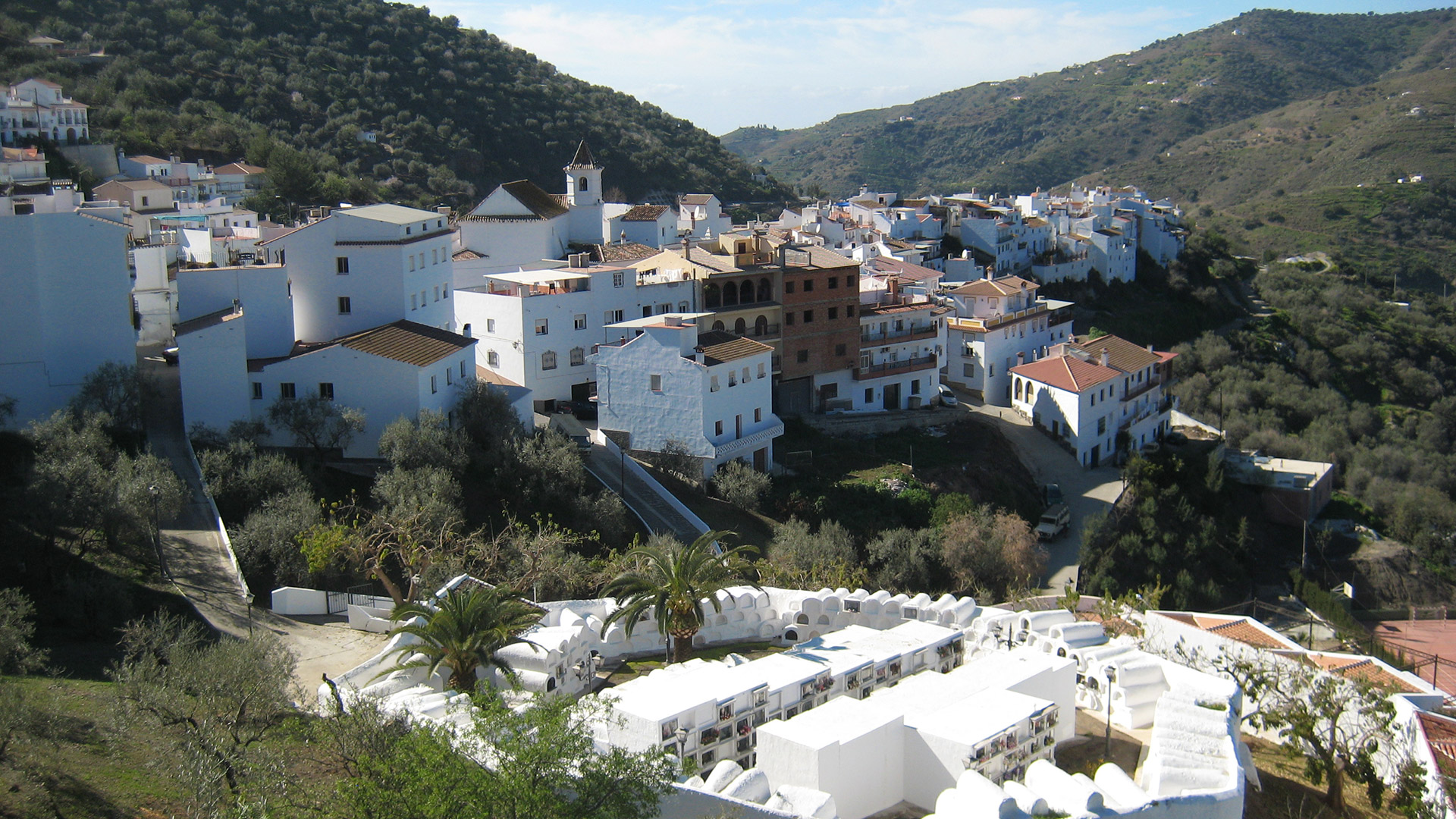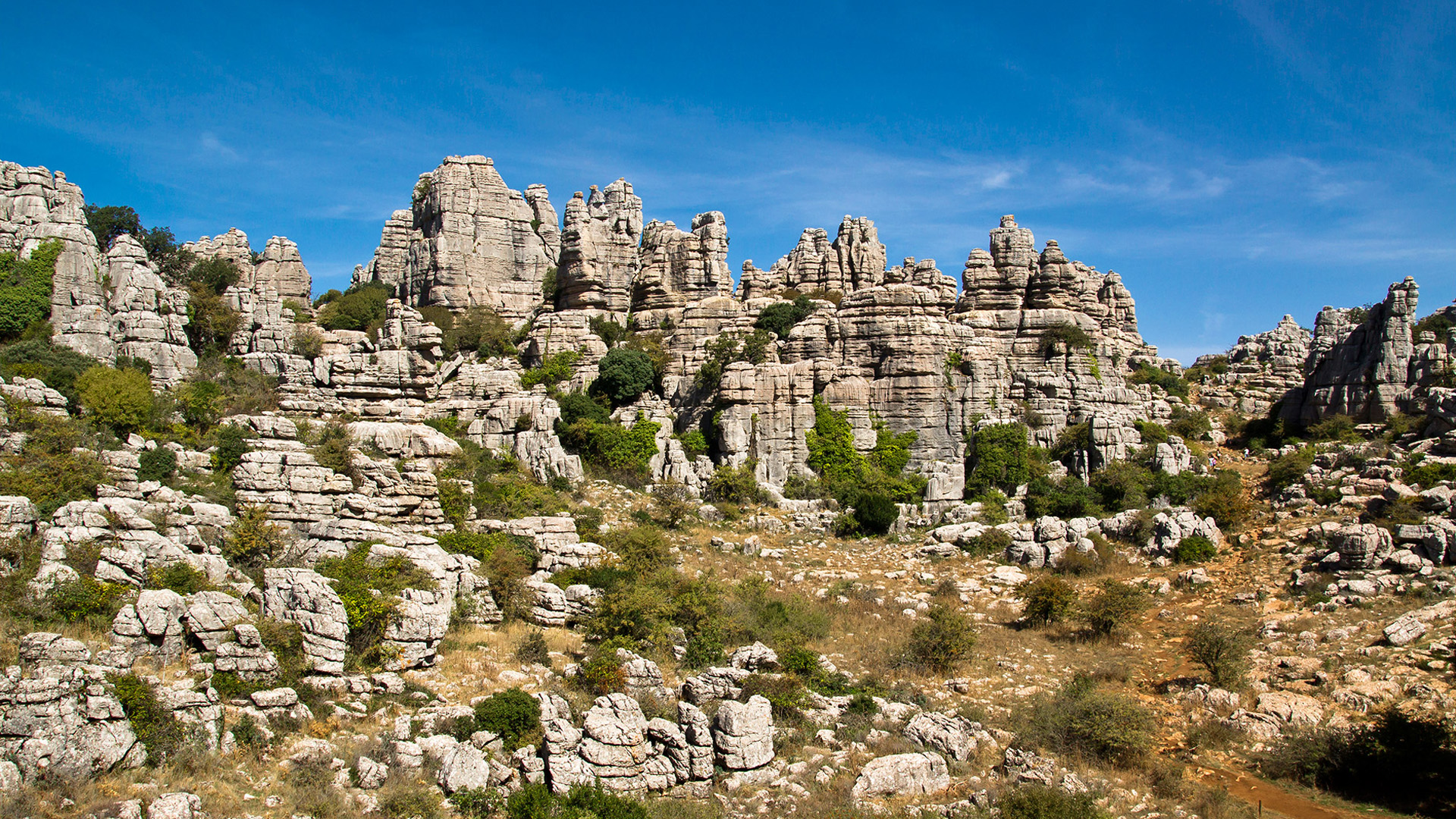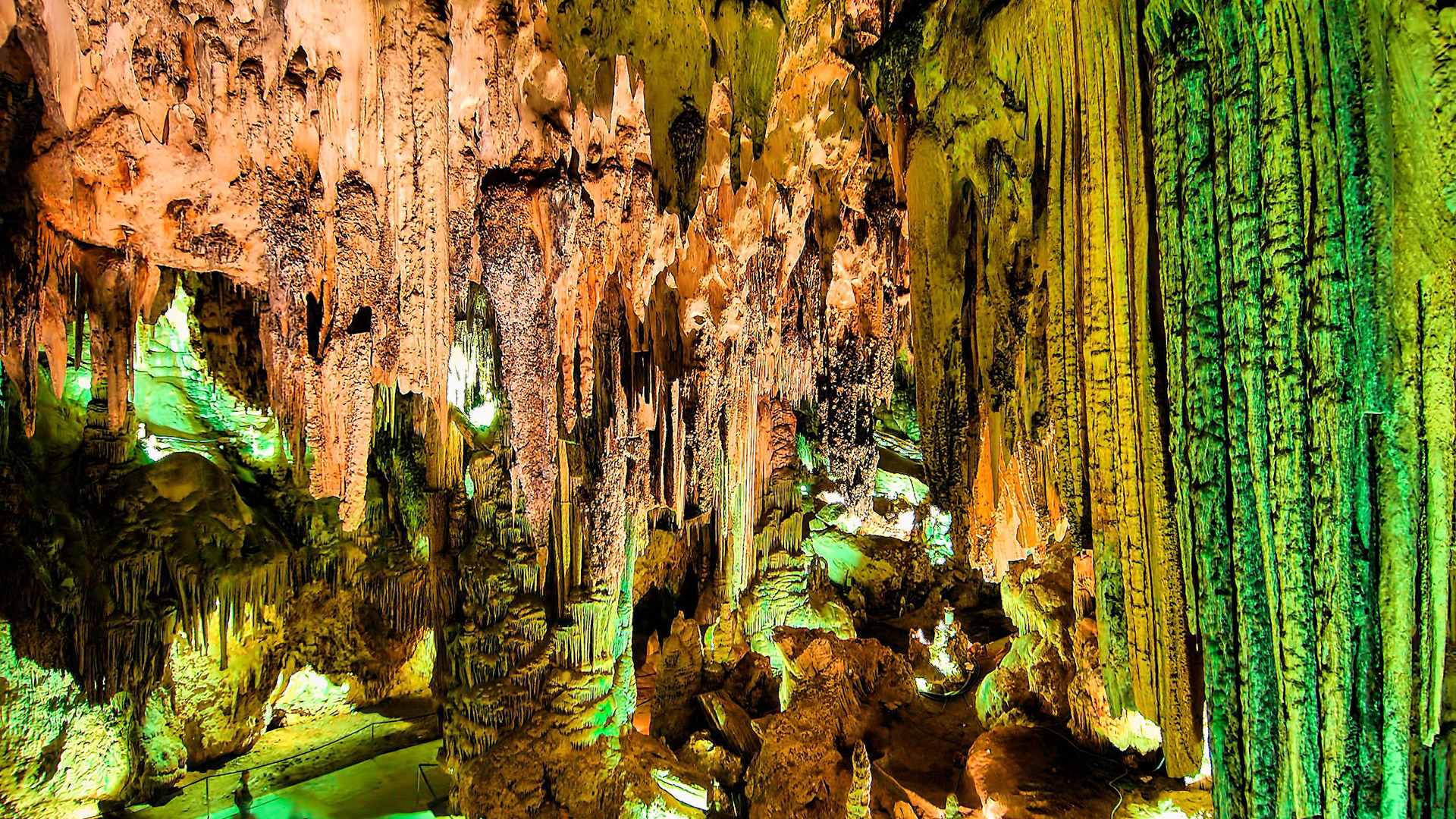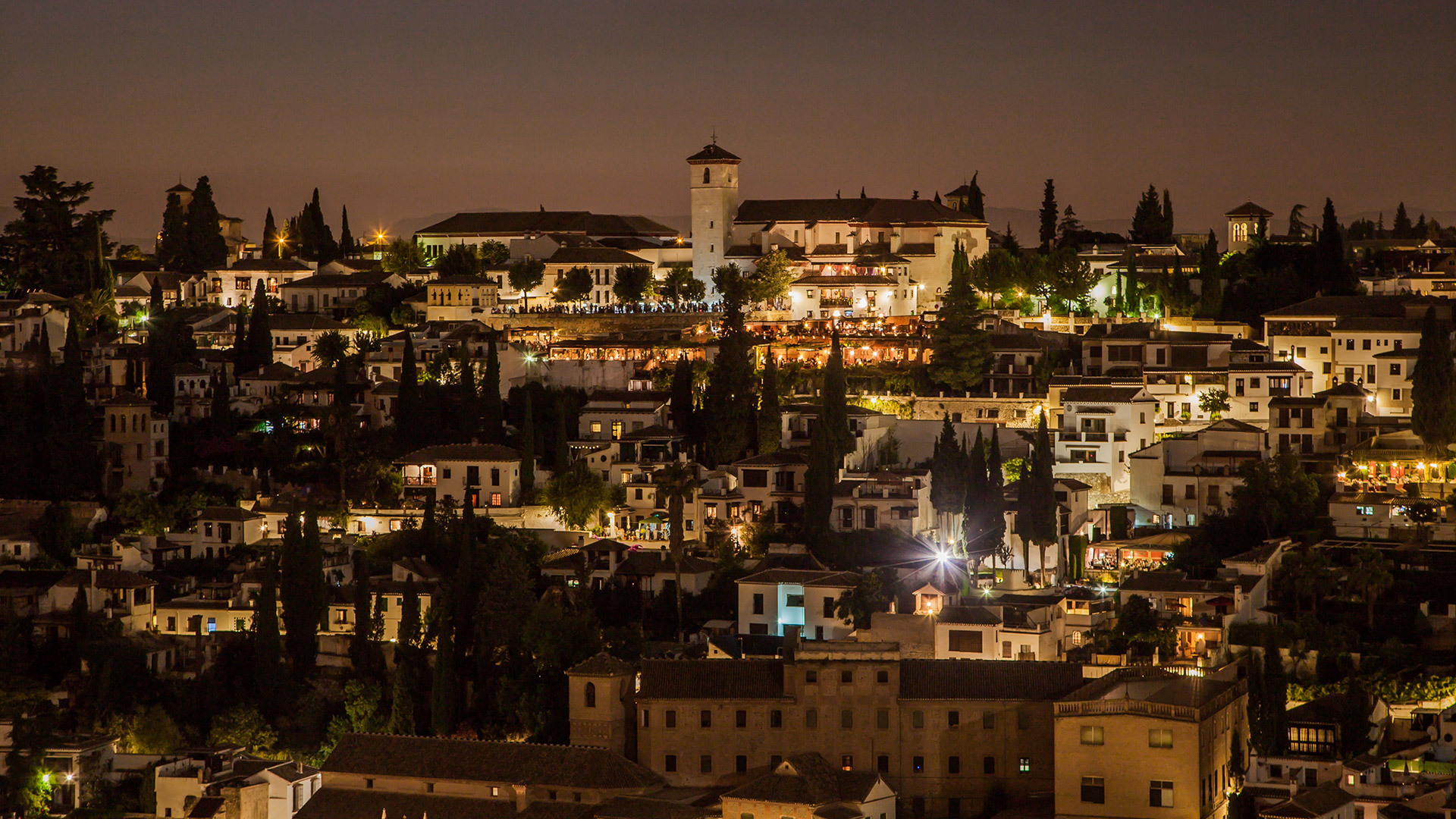Beyond Malaga
Spain’s ever popular Costa del Sol has a reputation that precedes it, but before your eye wanders away from these well-worn shores, consider five locations that show a side of the Andalusia region that you’ve
never seen before.

-
Sayalonga
47 km
Whitewashed hillside towns are common along the Costa del
Sol, but some are more interesting than others. Sayalonga has slender alleys, pretty plazas full of blossoming lilac trees and Arabic inspired architecture. It is an appealing stop on any journey along the alluringly named Ruta Sol y Del Vino (Route of Sun and Wine).Food is one of the Axarquia area’s greatest treasures. Don't overlook local delights such as ajoblanco (almond and garlic soup served cold) and migas con habas (marinated breadcrumbs served with sardines). Wash it down with traditional Muscat while admiring the beautiful surroundings. Aftwerward, stroll around the Moorish Museum, Round Cemetery and the Fuente del Cid, which provides insight into the region's rich historical roots.
-
El Torcal de Antequera
54 km
Sometimes billed as Andalusia’s own Uluru (Ayers Rock), this extraordinary area was once submerged underneath the Mediterranean Sea. Seismic activity over the last 100 million years has shifted it up above the waves and into an accessible attraction worthy of your time.
Aside from the four main rock formations, there’s plenty to see around the site. Animal life is abundant, wild flowers abound and on a clear day you can even see the African coast. Nearby, Villanueva de la Concepción is ideal for any amenities and has accommodations for hiking enthusiasts. Recently unearthed evidence of Roman forts and amphitheatres suggest the area has been inhabited for some time.
-
Caves of Nerja
56 km
Once known as "Cueva de las Maravillas" (The Cave of Wonders) this popular spot to the east of Malaga ensures the legacy of its former name lives on. The cave has a record-breaking stalagmite and stalactite column that towers 32 metres above. Eons of natural erosion has carved out 5 km of underground corridors.
In warmer months, the cave's atmospheric atriums are used as venues for music festivals and other events, attracting an eclectic crowd of citizens and sightseers. In 2012, paintings thought to date back to the Palaeolithic era were discovered, causing a major stir in archaeological circles.
-
Natural Reserve Laguna de Fuente de Piedra
76 km
This spectacular lake is the largest in the Andalusia region. Known as a mecca for birds, the 6.5-kilometer lagoon is famous for its fabulous flamingo population, which comes here to breed.
The adjacent nature reserve is obviously a haven for the ornithologically inclined but also offers a chance for families to get out and see a different side of Spain’s terrain.
-
Alhambra & Pico Veleta
135 km
Once described by a medieval poet as "a pearl set in emeralds," the striking settlement of Alhambra has been the inspiration for more than one gifted artist. A true treasure of the Iberian Peninsula, this UNESCO-favoured town has diverse cultural attractions, including the Charles V Palace and the Generalife Gardens.
The sweeping plains of the Sierra Nevada are close by. Adventurers can climb the highest paved road in Europe to the point where cars must be traded in for more functional boots or bikes. Though the going may be tough, those who reach Veleta’s peak (3,394 meters) will not only be rewarded with unrivalled panoramic views across Granada, but also bragging rights for the foreseeable future.




